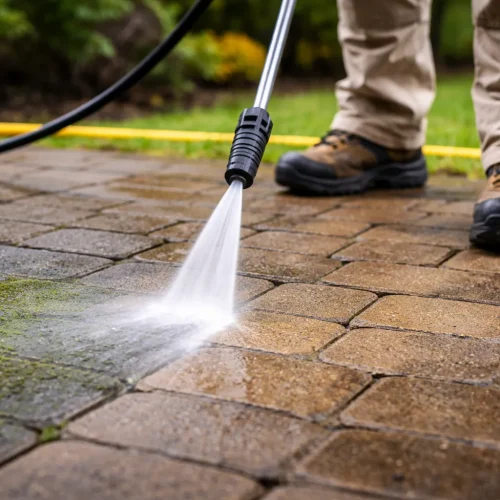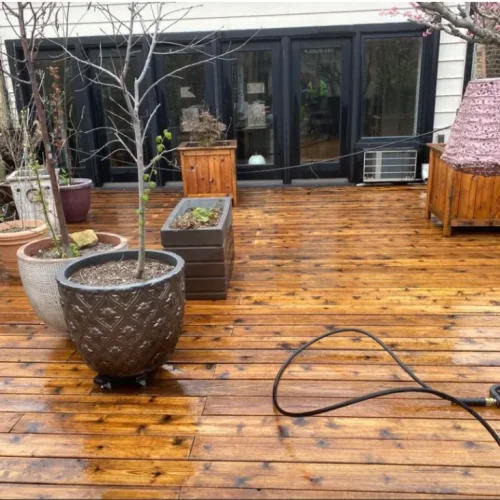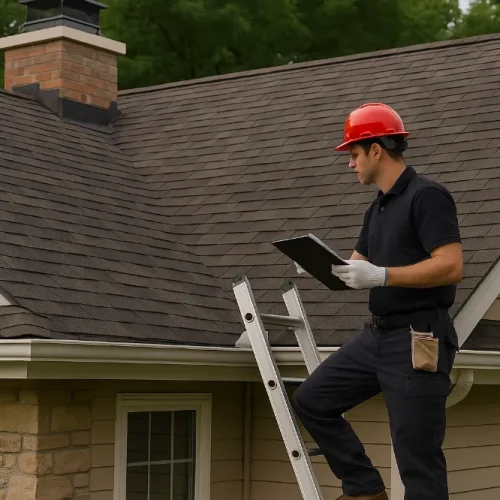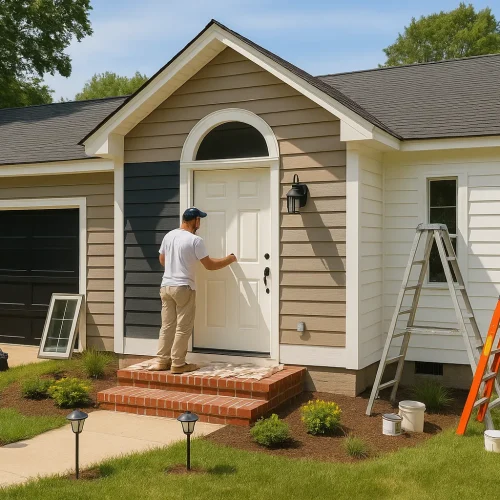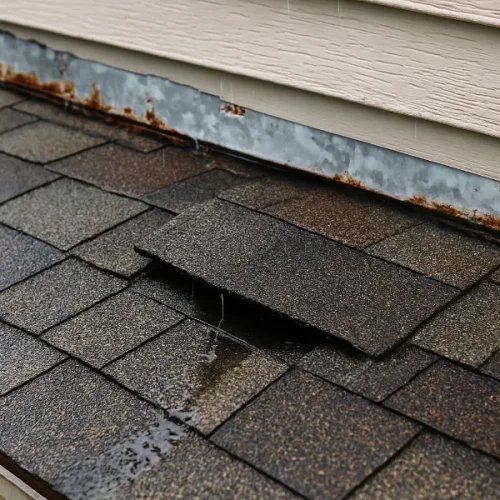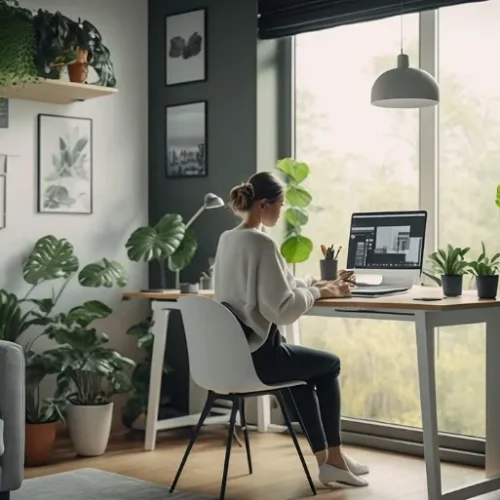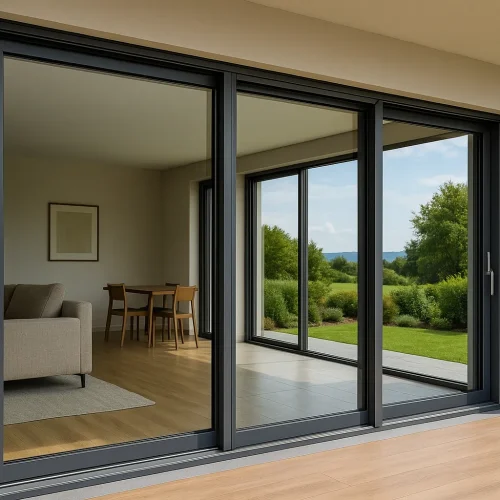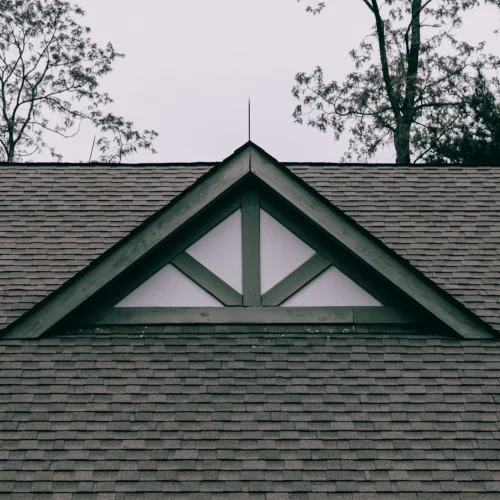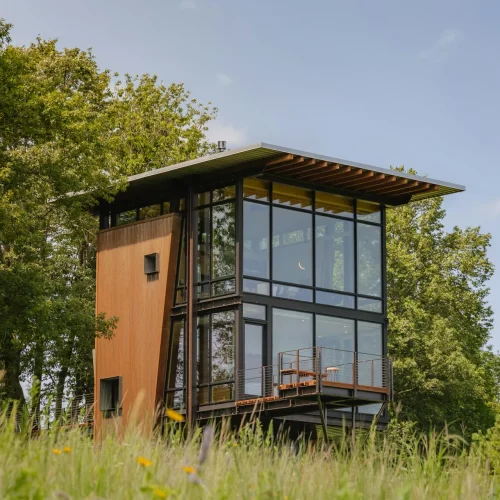Hardwood floors can completely change the look of your home or office interior. They add warmth, style, and elegance, but they also need proper care to stay beautiful. A quick sweep isn’t enough to protect them from dust, dirt, and city debris that slowly dull their shine.
That’s where professional hardwood floor cleaning makes a big difference. With the right tools, safe products, and regular care, you can keep your floors smooth, shiny, and looking like new for years to come.
If you live in a city where style and presentation matter, clean hardwood floors help create a warm and inviting space. Local cleaning experts know how to remove dirt and stains without damaging the wood, giving your floors a refreshed look that fits your lifestyle.
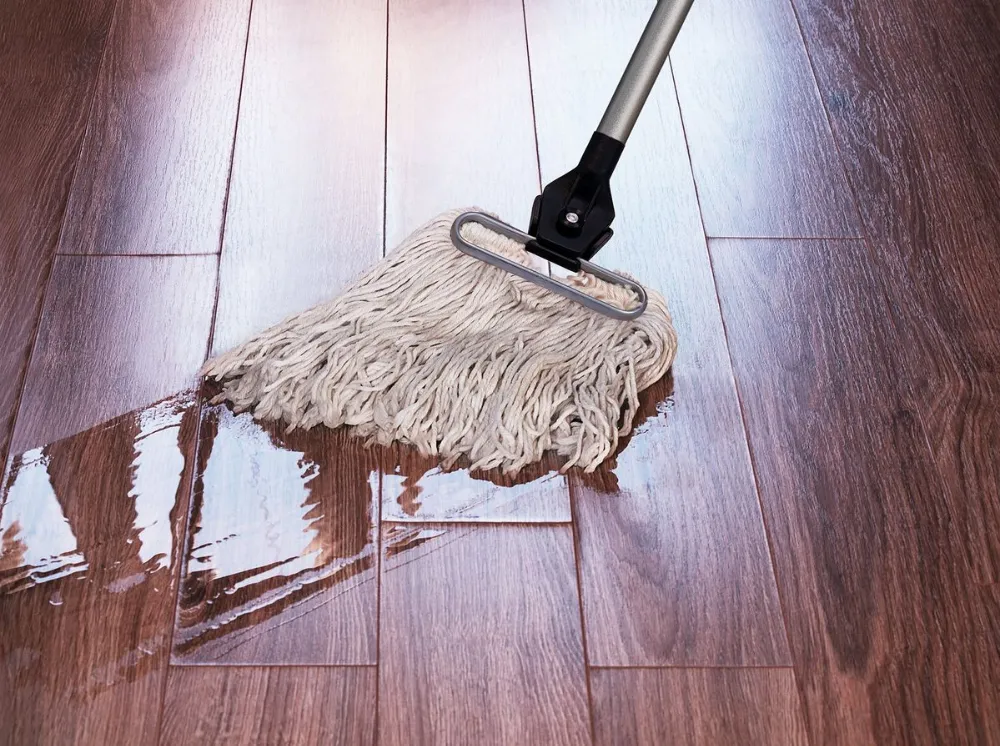
About Professional Hardwood Floor Cleaning
Before jumping into tips, let’s understand why hardwood floor cleaning in Los Angeles needs special care.
Hardwood floors are beautiful but delicate. Over time, small amounts of dust and moisture can slowly wear away the finish. Unlike tile or vinyl, hardwood requires specific cleaning methods to protect its shine and durability.
Professional cleaning goes beyond regular sweeping. With specialized tools and safe, pH-balanced solutions, experts can remove deep dirt, polish the surface, and protect the floor from future damage. This keeps your floors cleaner and stronger for longer.
Why Regular Cleaning Is So Important
Regular hardwood floor cleaning isn’t just about looks it also protects your investment. Clean floors:
- Last longer and stay shiny
- Prevent scratches and dull spots
- Improve air quality by removing dust and allergens
- Reduce slippery residue and buildup
Whether it’s your home or business, clean hardwood floors make the entire space look and feel more cared for.
Step 1: Know Your Floors
Every hardwood floor is different. Some have a matte finish that needs gentle care, while others are glossy and may need polishing. Understanding your floor type will help you choose the right cleaning method.
Ask yourself:
- How much foot traffic does the area get?
- Is it a living space or a commercial space?
- Does the finish require buffing or just regular cleaning?
Step 2: Set a Cleaning Routine
A simple cleaning schedule can make a huge difference:
- Daily: Sweep or vacuum with a hardwood-safe attachment to remove dust and grit.
- Weekly: Damp mop with a microfiber mop and a gentle hardwood cleaner.
- Every few months: Check for scratches or dull spots.
- Every 3–5 years: Refinish or hire a professional for deep cleaning.
Step 3: Consider Professional Help
Professional cleaning services use advanced equipment and gentle products designed for wood. This includes:
- Dry vacuuming to remove dust
- Low-moisture cleaning to lift dirt without soaking the wood
- Buffing and polishing to restore shine
- Sand-less refinishing to smooth minor wear without sanding
This type of service is especially helpful for high-traffic areas or older floors that need extra care.
| Method | Purpose | Moisture Level |
| Dry vacuuming | Removes dust and debris | None |
| Low-moisture cleaning | Lifts dirt safely | Minimal |
| Buffing & polishing | Restores shine | Low |
| Sand-less refinishing | Smooths surface | Low |
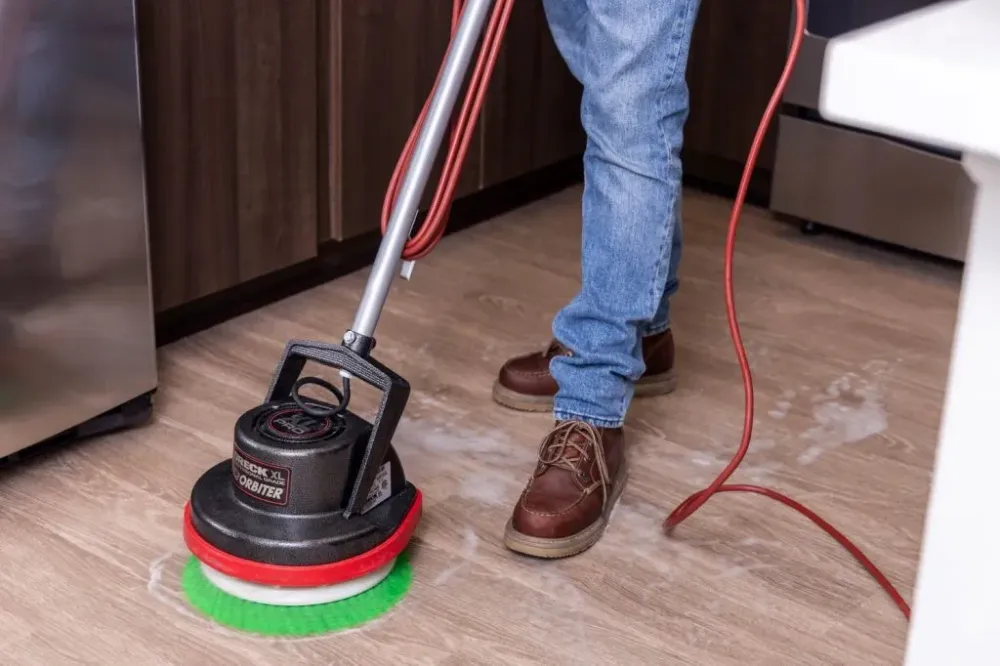
Hardwood Floor Cleaning Tips
1. Keep up with daily cleaning
Dust and grit can scratch the surface, so regular sweeping or vacuuming is key. Always use soft-bristle brooms or vacuums made for hardwood floors.
2. Use the right products
Avoid harsh chemicals, vinegar, or ammonia. Choose a pH-neutral cleaner made specifically for hardwood floors. Avoid steam mops, as too much moisture can cause swelling.
3. Protect your floors from damage
- Place mats at entryways to trap dirt.
- Use rugs in high-traffic areas.
- Trim pet nails regularly.
- Put felt pads under furniture legs.
- Lift heavy furniture instead of dragging it.
Residential vs. Commercial Cleaning
Los Angeles hardwood floor cleaning services focus on comfort, safety, and a fresh look. Homeowners usually clean floors every few months to remove pet hair, dust, and spills.
Commercial floors, like in offices, shops, or restaurants, get a lot more foot traffic. They need more frequent cleanings and stronger protective finishes. Professionals may use more powerful equipment to handle daily wear and tear.
The cleaning products used also depend on the floor’s finish. Homes may use softer cleaning methods, while commercial spaces might need polishing to maintain shine.
Post-Cleaning Tips
After cleaning or professional service:
- Check the floors carefully to make sure everything looks even and clean.
- Let the floor fully dry before walking on it.
- Clean any leftover dust from baseboards or corners.
- Add mats or rugs to protect high-traffic areas.
With regular upkeep, you won’t have to refinish your floors as often—saving time and money in the long run.
Conclusion
Hardwood floors bring warmth and elegance to any space but they also need consistent care to stay beautiful. By sweeping daily, using the right products, and scheduling regular deep cleanings, you can keep your floors in excellent condition for years.
And when needed, professional hardwood floor cleaning can bring back that polished, fresh look you love. Whether at home or in your business, clean floors make a lasting impression.
Common Questions
Sweep or vacuum daily, mop weekly, and schedule professional cleaning every few months for best results.
No, steam mops can force moisture into the wood and cause warping or damage.
Use a pH-neutral cleaner made specifically for hardwood—avoid vinegar, ammonia, or harsh chemicals.
Professionals use safe, low-moisture methods and polishers that remove deep dirt without harming the finish.
Use rugs in high-traffic areas, place mats near doors, trim pet nails, and add felt pads under furniture legs.
If you notice dull spots, scratches, or uneven shine, it’s time to schedule a professional refinishing.
Yes—excessive water or harsh products can weaken the wood and strip away the protective coating.
With regular maintenance and cleaning, hardwood floors can last 50 years or more.
Commercial floors require more frequent deep cleaning and stronger protective finishes due to heavier foot traffic.
Wait until the surface is completely dry—usually within one to two hours—before walking on it.


